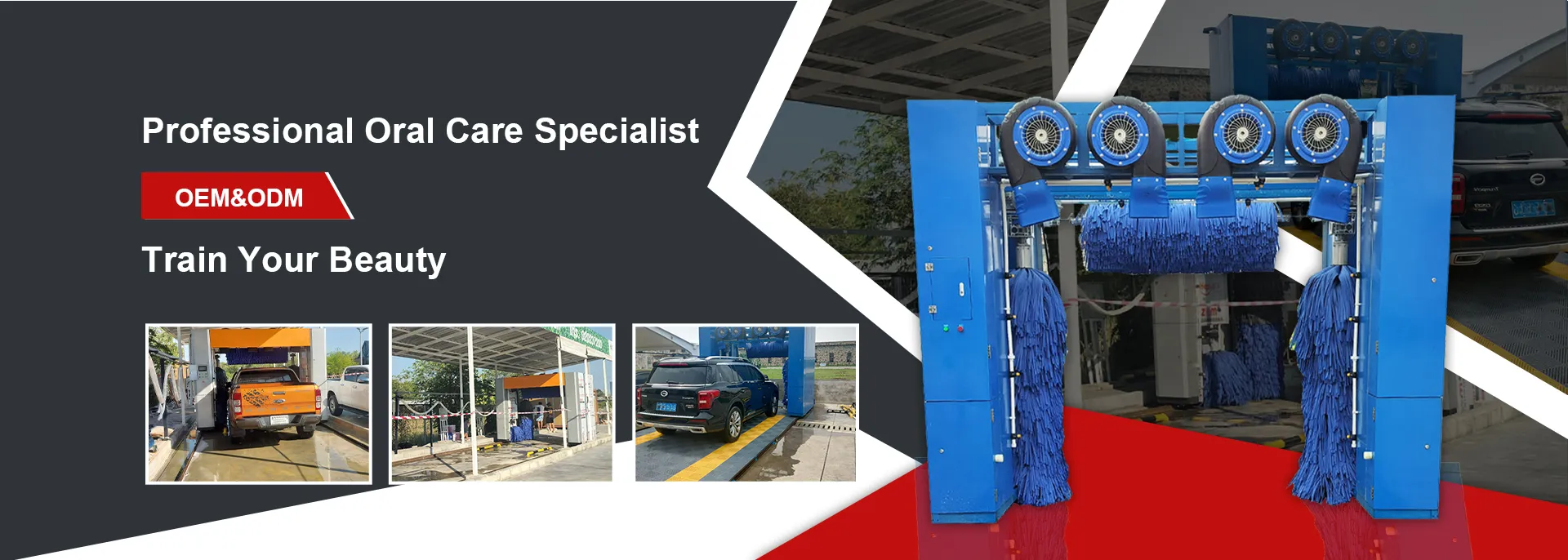
- Afrikaans
- Albanian
- Amharic
- Arabic
- Armenian
- Azerbaijani
- Basque
- Belarusian
- Bengali
- Bosnian
- Bulgarian
- Catalan
- Cebuano
- Corsican
- Croatian
- Czech
- Danish
- Dutch
- English
- Esperanto
- Estonian
- Finnish
- French
- Frisian
- Galician
- Georgian
- German
- Greek
- Gujarati
- Haitian Creole
- hausa
- hawaiian
- Hebrew
- Hindi
- Miao
- Hungarian
- Icelandic
- igbo
- Indonesian
- irish
- Italian
- Japanese
- Javanese
- Kannada
- kazakh
- Khmer
- Rwandese
- Korean
- Kurdish
- Kyrgyz
- Lao
- Latin
- Latvian
- Lithuanian
- Luxembourgish
- Macedonian
- Malgashi
- Malay
- Malayalam
- Maltese
- Maori
- Marathi
- Mongolian
- Myanmar
- Nepali
- Norwegian
- Norwegian
- Occitan
- Pashto
- Persian
- Polish
- Portuguese
- Punjabi
- Romanian
- Russian
- Samoan
- Scottish Gaelic
- Serbian
- Sesotho
- Shona
- Sindhi
- Sinhala
- Slovak
- Slovenian
- Somali
- Spanish
- Sundanese
- Swahili
- Swedish
- Tagalog
- Tajik
- Tamil
- Tatar
- Telugu
- Thai
- Turkish
- Turkmen
- Ukrainian
- Urdu
- Uighur
- Uzbek
- Vietnamese
- Welsh
- Bantu
- Yiddish
- Yoruba
Car Service Station Equipment Pricing and Options Overview
Understanding Car Service Station Equipment Price Lists
In the dynamic world of automotive service, the quality of equipment available at a car service station plays a crucial role in both the efficiency of operations and the satisfaction of customers. As the automotive industry evolves, so too do the tools and technologies used in service stations. Understanding the pricing of this equipment is essential for service center owners looking to invest wisely and stay competitive.
Key Types of Equipment
Before delving into the price list aspect, it’s important to understand the common types of equipment utilized in car service stations
1. Lifts and Jacks Vehicle lifts are fundamental in any service station. The most common types are two-post lifts, four-post lifts, and scissor lifts. Prices for lifts can vary significantly based on capacity and features, generally ranging from $2,000 to over $10,000.
2. Diagnostic Tools Modern vehicles are equipped with advanced technology requiring specialized diagnostic tools. OBD-II scanners are critical for identifying engine issues, with prices ranging from $100 for basic models to several thousand dollars for comprehensive professional tools.
3. Tire Equipment Tire changers and balancers are necessary for any service station. A basic tire changer might cost around $2,000, while a high-end model can exceed $10,000. Wheel balancers usually range from $1,500 to $5,000, depending on features and capabilities.
4. Compression Testers and Oil Change Equipment These are essential for maintenance services. A basic compression tester can be acquired for $50 to $150, while complete oil change systems can run from $1,000 to $5,000 depending on whether they include fluid recovery features.
5. Air Compressors Vital for powering pneumatic tools, air compressors can range from $300 for small portable units to over $5,000 for large, industrial-grade systems.
Understanding the Price List
car service station equipment price list

When looking at a price list for car service station equipment, several factors come into play
- Brand Renowned brands often come with a higher price tag due to their reputation for reliability and support. For instance, established names in tire changers or lifts may charge a premium for their products. - Specifications Equipment designed for heavier vehicles or containing advanced technology is typically more expensive. Features like programmable settings, enhanced safety features, or multi-functionality can increase costs.
- New vs. Refurbished Buying refurbished equipment can significantly reduce initial investment. Many service stations opt for used equipment to minimize costs, but it’s essential to ensure that refurbished items are still reliable and safe.
- Bulk Purchasing Some suppliers offer discounts on bulk purchases or package deals, which can be beneficial for larger service stations setting up or expanding their operations.
- Warranty and Support Investing in equipment with good warranty terms and solid customer support can lead to cost savings in the long run. Some suppliers may offer extended warranties for an additional fee.
Budgeting for Equipment
For a new or expanding car service station, budgeting for equipment is crucial. An initial outlay might be between $50,000 and $100,000, depending on the service offerings and scope of work. It's important to prioritize based on services offered; for example, if specializing in tire services, investing in top-notch tire changers and balancers is wise, while a general service station might require a broader range of equipment.
Conclusion
The automotive service industry relies heavily on the quality and price of equipment available at car service stations. By understanding the different types of equipment, analyzing price lists, and making informed purchasing decisions, owners can set their businesses up for success. As technology continues to advance, remaining adaptable and willing to invest in the right tools will ensure not only efficient operations but also a satisfied customer base. With careful planning and analysis, service station owners can navigate the complexities of equipment pricing to create a thriving business environment.
-
Integrating Aqua Tunnel Car Wash in Shopping CentersNewsJun.24,2025
-
Gas Station with an Auto Car Wash MachineNewsJun.24,2025
-
Efficiency in Your Aqua Tunnel Car Wash: Power & Water-SavingNewsJun.24,2025
-
Car Wash Business with Advanced Auto Car Cleaning MachinesNewsJun.24,2025
-
Balancing Setup Costs with Aqua Tunnel Car WashNewsJun.24,2025
-
Aqua Tunnel Car Wash: Eco-Design for the Energy-Savvy EntrepreneurNewsJun.24,2025



